This website uses cookies so that we can provide you with the best user experience possible. Cookie information is stored in your browser and performs functions such as recognising you when you return to our website and helping our team to understand which sections of the website you find most interesting and useful.
Expert
View all categories in the Healthcare Simulation Index

Healthcare Simulation Curriculum Development, Integration, and Operations
Comprehensive Healthcare Simulation: Operations, Technology, and Innovative Practice is a must-own book for Medical Simulation programs looking to maximize the…

NLN Exclusive: Innovating Faculty Development in Nursing Simulation: Part 1
Is “innovation” just today’s new buzz word in Nursing Simulation or is it something more? The National League for Nursing…
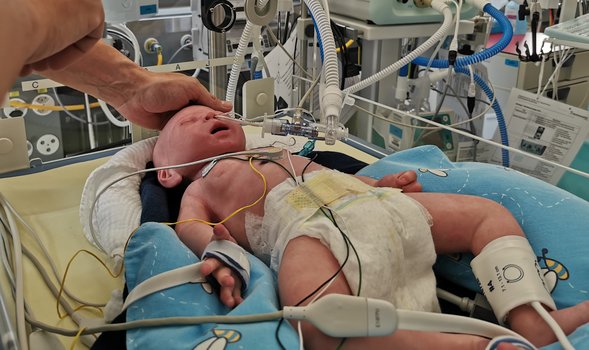
Baby Lung Simulator LuSi Responds to Respiratory Therapy
For the training of NICU clinicians, LuSi is a baby simulator which responds to invasive and non-invasive respiratory therapy without…

Expand Your Clinical Simulation Program By Building Healthcare Buyer Personas
Understanding Healthcare Buyer Personas is a crucial step in expanding the utilization of clinical simulation at your healthcare institution. Healthcare…
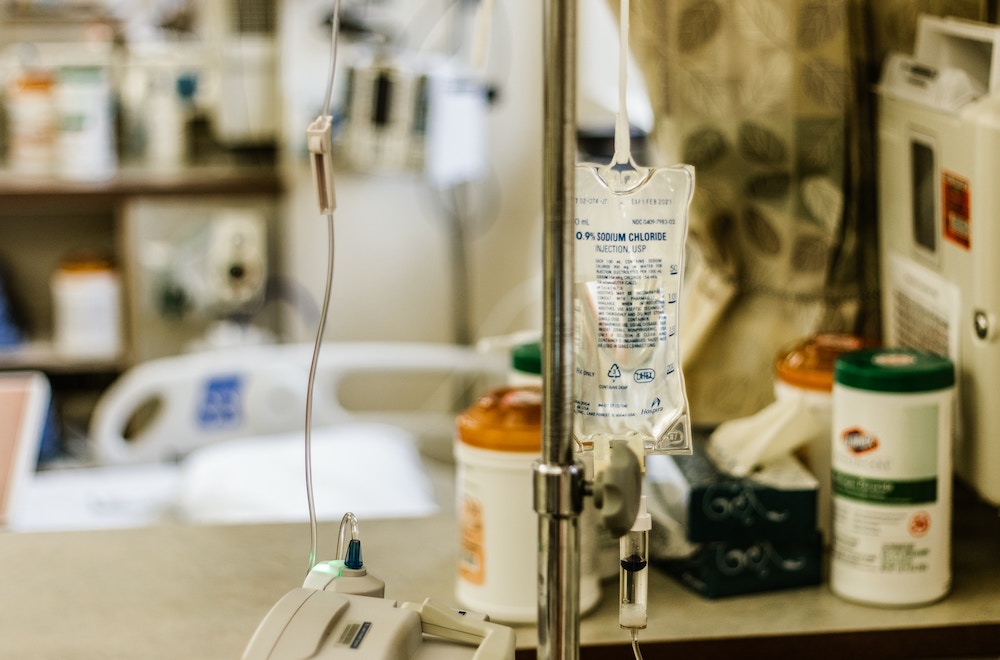
Physiology: The Force Behind Healthcare Simulation – A Guide for Techs, Part 7: IV Fluids with Bag Template
Healthcare simulation technical staff are often very knowledgeable about computer technology or film production but may be less knowledgeable about…

INACSL Standards of Best Practice for Simulation Infographic: Participant Evaluation
Looking for an easy way to share with your faculty key simulation concepts and guidelines to increase adherence to industry…
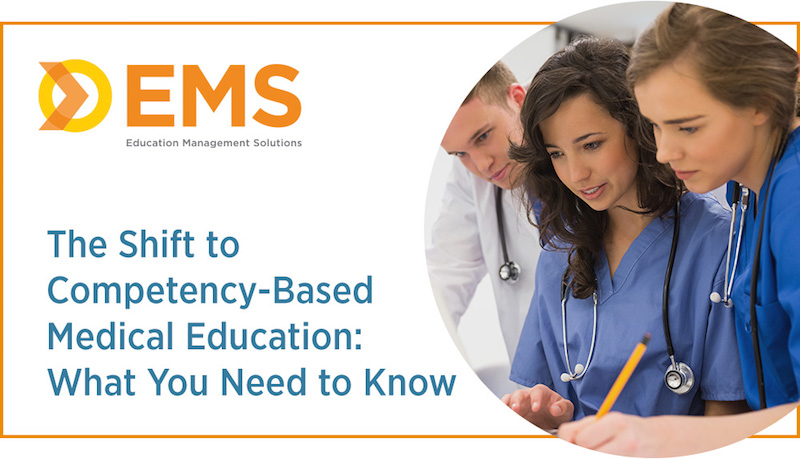
The Shift to Competency-Based Medical Education: What You Need to Know
As a simulation professional, you’re probably already aware of the major changes occurring in clinical education. Traditional classroom learning has…
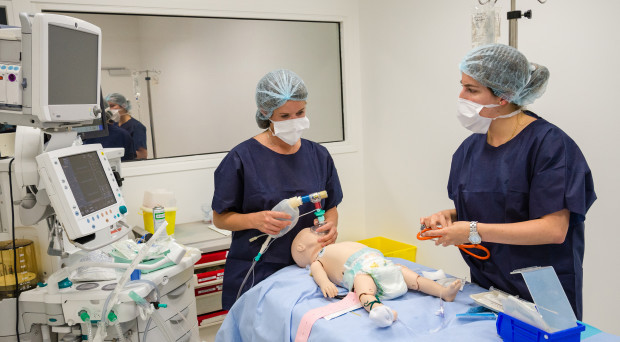
Evidence-Based Practice Defined for Simulation in Healthcare
Evidence-based practice (EBP) attempts to identify the differences and provide a pathway to ensure that current medical practice is based…
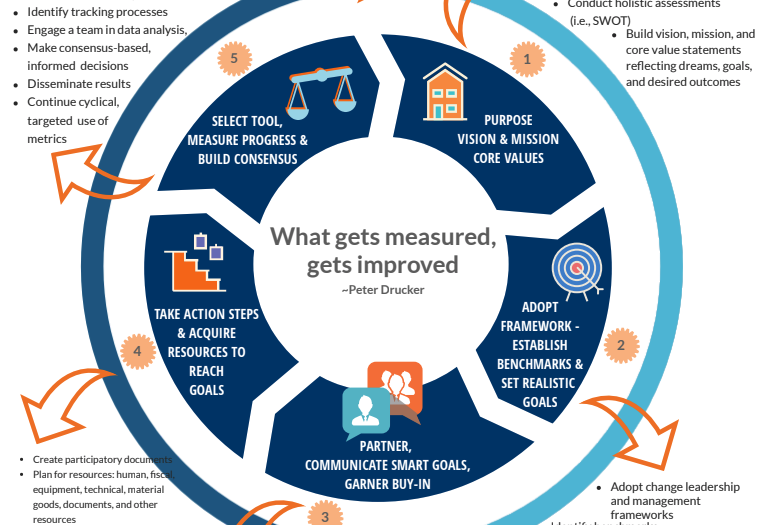
Evaluating Healthcare Simulation Website Offers Free SBE Evaluation Tools
Evaluating Healthcare Simulation has now been migrated to HealthySimulation.com! These various tools, orgnized by Dr. Kim Leighton et al, was…

Introducing the New Tetherless SimNewB Simulator From Laerdal
The SimNewB simulator is designed in collaboration with the American Academy of Pediatrics to help improve neonatal resuscitation and to…
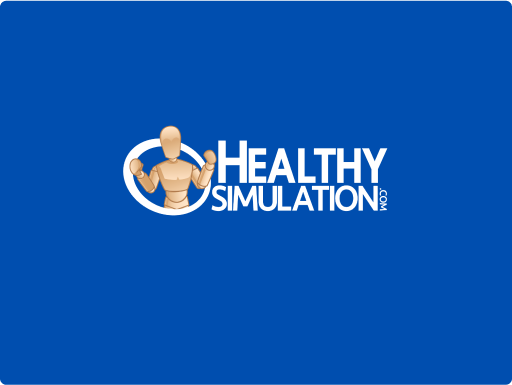
Physiology: The Force Behind Healthcare Simulation – A Guide for Techs, Part 3: Pulse Oximetry
Simulation team members may have a limited background in physiology or medicine. An understanding of basic physiological concepts can enable…
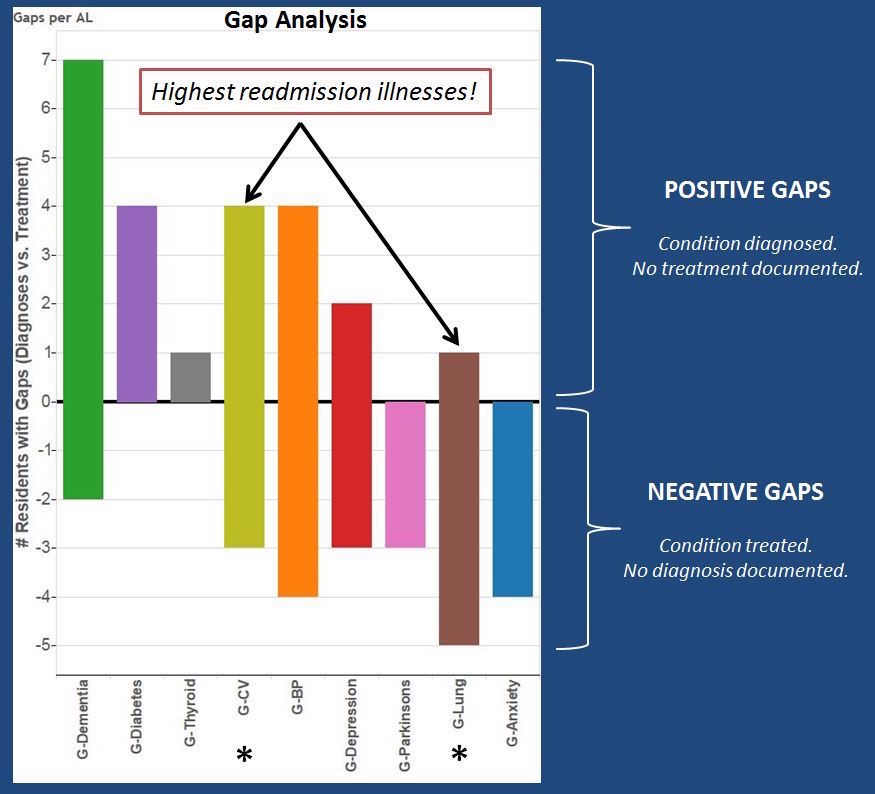
Using Gap Analysis to Drive Clinical Simulation Improvements
Gap analysis should be used in the hospital when a patient is harmed or a near miss occurs or an…

